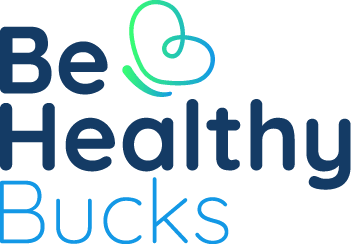Healthy eating and making great choices start when you go shopping.
Before you put anything in your trolley or add an item to your online basket, there’s a little bit of work to be done.
Let’s start by looking at food labels.
Understanding food labels
Reading labels helps us work out whether different foods are good choices or not. According to the British Heart Foundation, using the “per 100g” column on the nutrition information table (instead of per portion) is the fairest way to compare products. It helps you understand the actual content of the food you’re eating.
Also, look out for the traffic light guide. It’s a handy label which quickly tells you the nutritional value of your food. You’ll find out whether a food has high, medium or low amounts of fat, saturated fat, sugars and salt.

Red = Food is high in things you should try to cut down on or eat small amounts of.
Amber = Food isn’t high or low so an ‘OK’ choice
Green = The more green on a food label, the healthier the choice.
While the traffic light guide is useful, it’s also helpful to check the ingredients list. The main ingredients will always be listed first. Let’s look at a real life example here. With Nutella, the main ingredient is sugar – possibly not an example of a tasty yet balanced breakfast!
On this note, be wary of nutrition claims. Manufacturers try to shine their products in the best possible light! So a product may be ‘low-fat’… but it may also be high in sugar.
Top tips for healthy supermarket shopping
- Never shop on an empty stomach!
- Use the Eat Well Guide to influence you shopping list — making sure you get lots of fruit, veg and starchy foods in your trolley
- Plan ahead — make a list of everything you need to buy that week and stick to your list
- Choose lower-fat and sugar sauces (i.e. choose tomato-based sauces and avoid cream or cheese-based sauces)
- Choose lower-fat dairy-based products, (but beware of sugar content)
- Choose leaner meats — such as mince with less than 10% fat, chicken and turkey with skin off, fish
- Choose low-salt and sugar canned foods, such as tinned soups or fruit
- Don’t buy foods you know you will find it hard to resist when you get home




